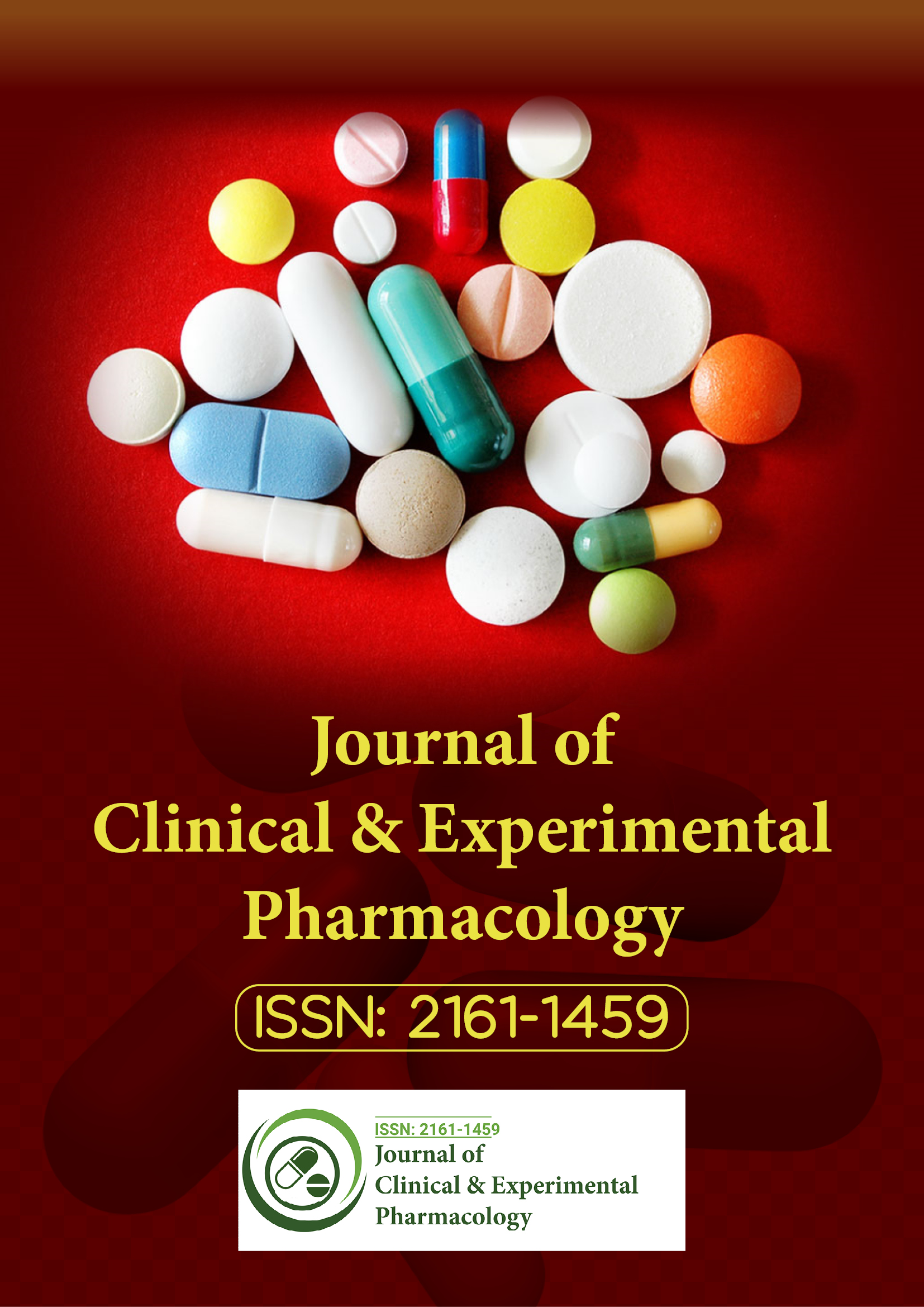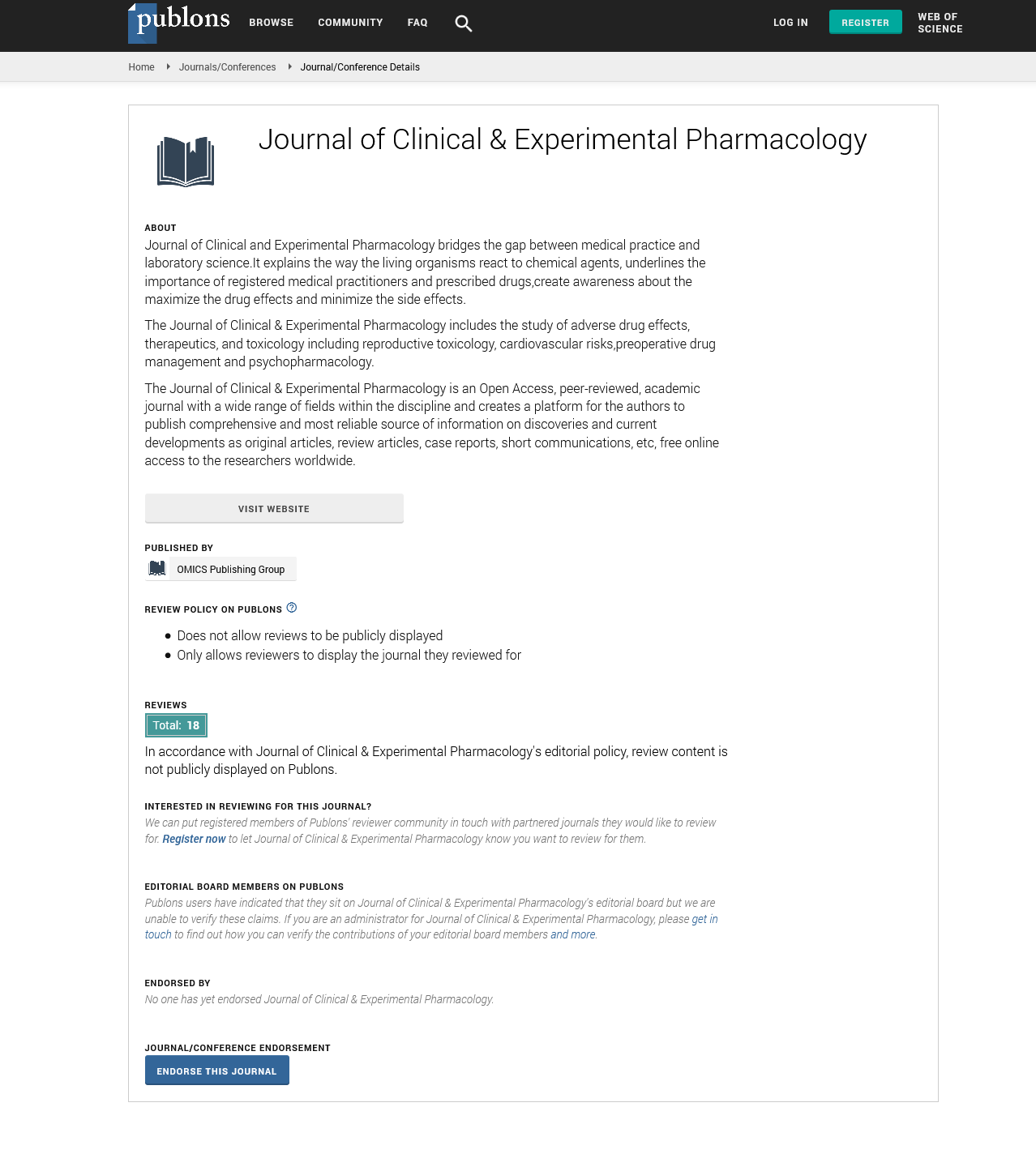Indexed In
- Open J Gate
- Genamics JournalSeek
- China National Knowledge Infrastructure (CNKI)
- Ulrich's Periodicals Directory
- RefSeek
- Hamdard University
- EBSCO A-Z
- OCLC- WorldCat
- Publons
- Google Scholar
Useful Links
Share This Page
Journal Flyer

Open Access Journals
- Agri and Aquaculture
- Biochemistry
- Bioinformatics & Systems Biology
- Business & Management
- Chemistry
- Clinical Sciences
- Engineering
- Food & Nutrition
- General Science
- Genetics & Molecular Biology
- Immunology & Microbiology
- Medical Sciences
- Neuroscience & Psychology
- Nursing & Health Care
- Pharmaceutical Sciences
Activity of silymarin against UV induced tumorigenicity: In vitro and in vivo study
World Congress on Pharmacology
July 20-22, 2015 Brisbane, Australia
Shubhini A Saraf, Pooja Singh, Mahendra Singh, and Jovita Kanoujia
Posters-Accepted Abstracts: Clin Exp Pharmacol
Abstract:
Silymarin a flavonoid has gained research attention in cancer chemo-prevention in addition to hepatic diseases. Despite tremendous activities of silymarin, its instability and high insolubility pose challenges in the development of a suitable topical product. The aim of this study was to develop biocompatible lipid-based topical nanocarriers of silymarin by solvent free technique to improve its stability, anti-oxidant capacity and also evaluate its action against tumourigenicity by UV (Ultraviolet) induced study in mice. Silymarin-NLC were characterized by particle size and morphology, entrapment efficiency, differential scanning calorimetry (DSC), powder X-ray diffraction (XRD), and in-vitro release study. The results from XRD and DSC of the silymarin showed that the NLC of the drug converted to an amorphous state. In addition, the antioxidant activity of the silymarin-NLC was more effective than pure drug on DPPH scavenging, anti-superoxide formation, superoxide anion scavenging analysis. In case of UV induced tumourigenicity study in mice, tumour number was reduced 52% while tumour volume was reduced from 256±23 mm3 to 120±31 mm3. Stability studies as per ICH guidelines for 03 months revealed its stability over the entire period. In conclusion, silymarin-NLC are a novel delivery system through which anti-oxidant and anticancer activities of silymarin are enhanced dramatically as a consequence of enhanced stability.

